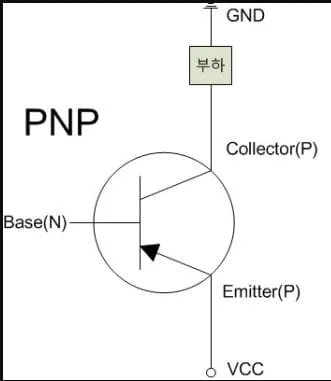If you’re diving into circuit design, you’ve probably come across the term “PNP transistor.”
But what exactly is it? And why do so many engineers rely on it for their most reliable circuit builds? In this article, I’ll walk you through what a PNP transistor really is, how it works, and when it makes sense to use one over its more popular sibling, the NPN transistor.
🔧 What is a PNP transistor?
In simple terms, a transistor is a type of bipolar junction transistor (BJT). It’s made up of two P-type semiconductor materials with an N-type in the middle. Unlike an NPN transistor, a PNP allows current to flow from the emitter to the collector when the base is pulled lower than the emitter.
What does that mean in practice? Basically, it turns on when the base is low, and off when the base is high. This reverse logic can be useful in a variety of circuits—especially when you’re working with a positive ground system.
⚙️ How does it work?
Think of it like a valve. In a transistor, the “valve” opens when the base voltage is low. This lets current flow through the transistor from the emitter to the collector.
Here’s the rule of thumb:
Base voltage < Emitter voltage → Transistor turns ON
This behavior makes PNPs ideal for high-side switching, which is when you want to control power on the positive side of your circuit rather than the negative side.
💡 When should you use a PNP transistor?
You’ll usually reach for a transistor in these cases:
- You need to switch power on the positive side (high-side switch)
- Your control signal is referenced to ground
- You want to pair it with an NPN transistor in a push-pull or H-bridge circuit
- You’re working in analog amplification, like in audio or sensor circuits
✅ Benefits of using PNPs
PNP transistors might not be as common as NPNs, but they’re incredibly useful in the right situation. Here’s why:
Helps you simplify wiring in certain logic or microcontroller setups
Perfect for circuits that need positive-side switching
Complements NPNs in balanced designs
Offers solid performance in analog and switching roles


Leave a Reply